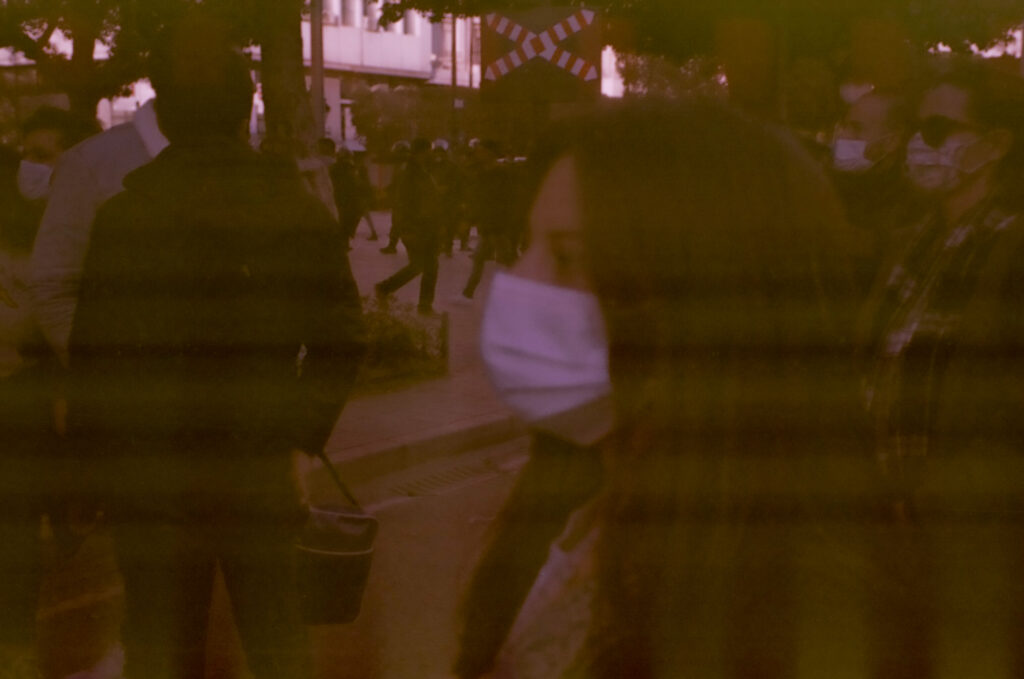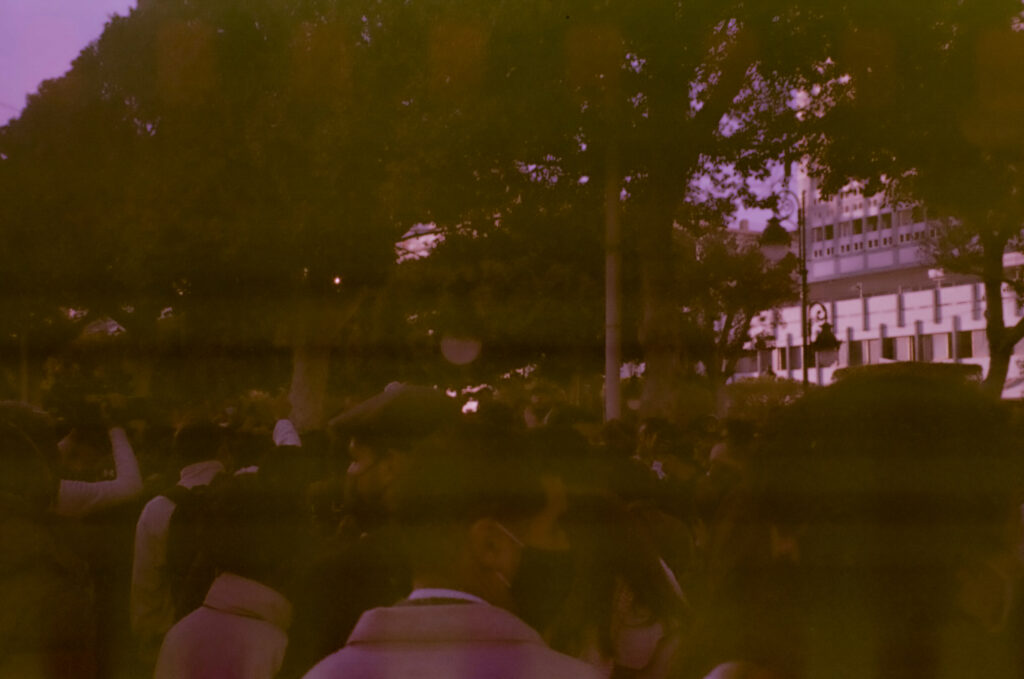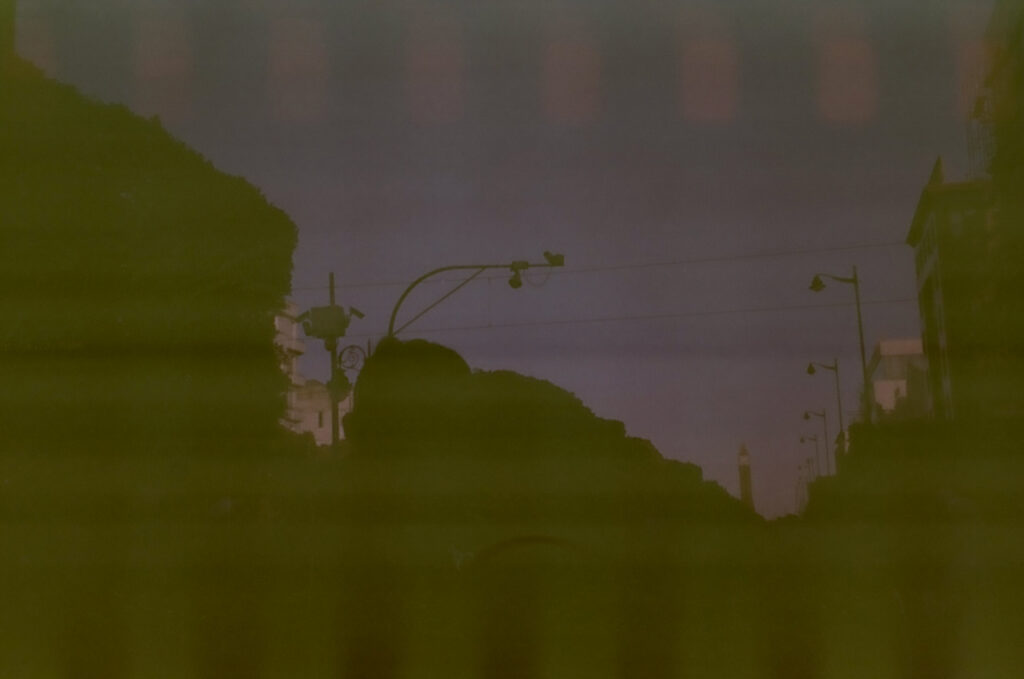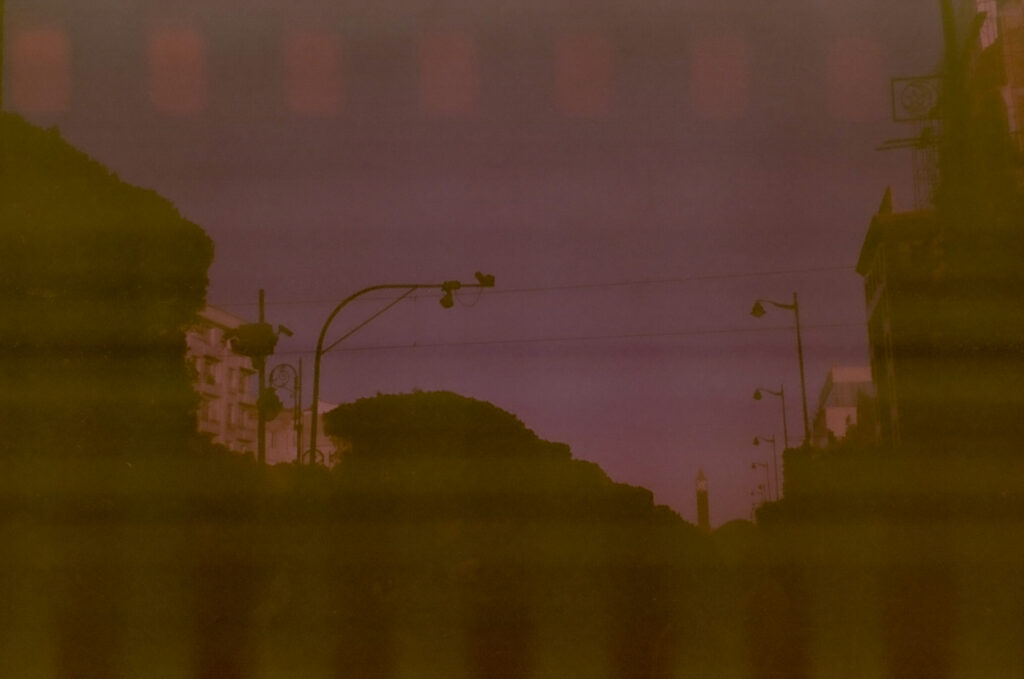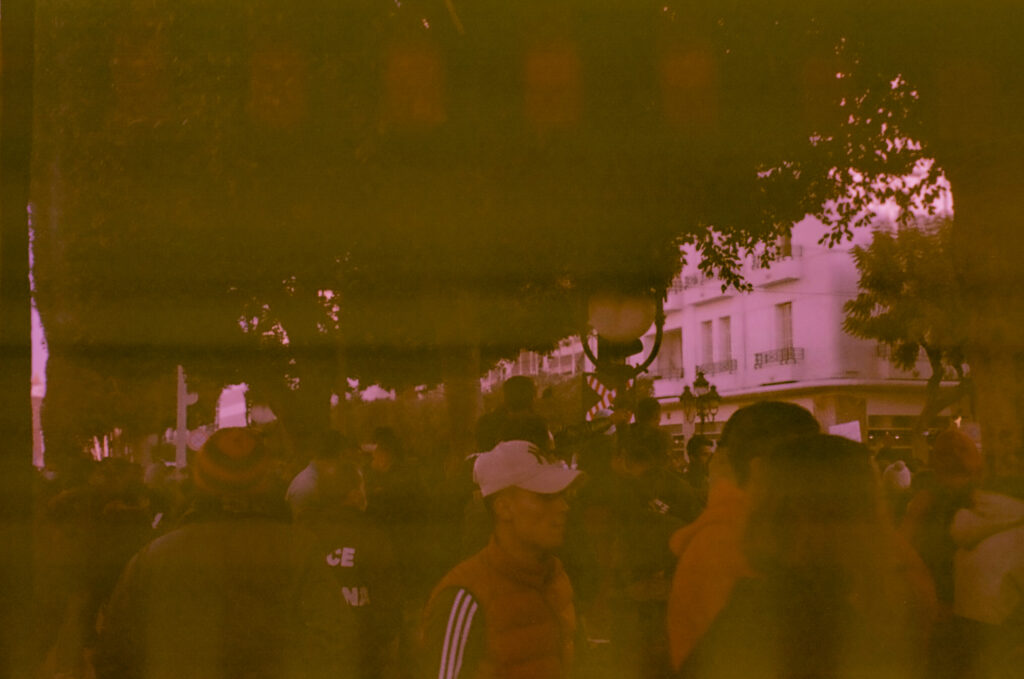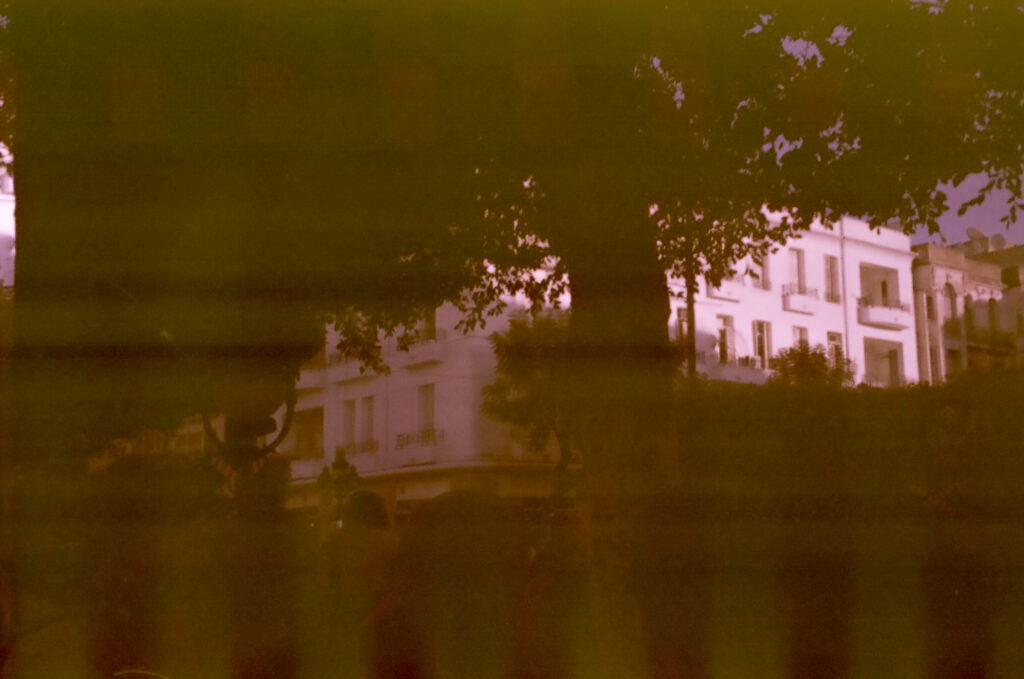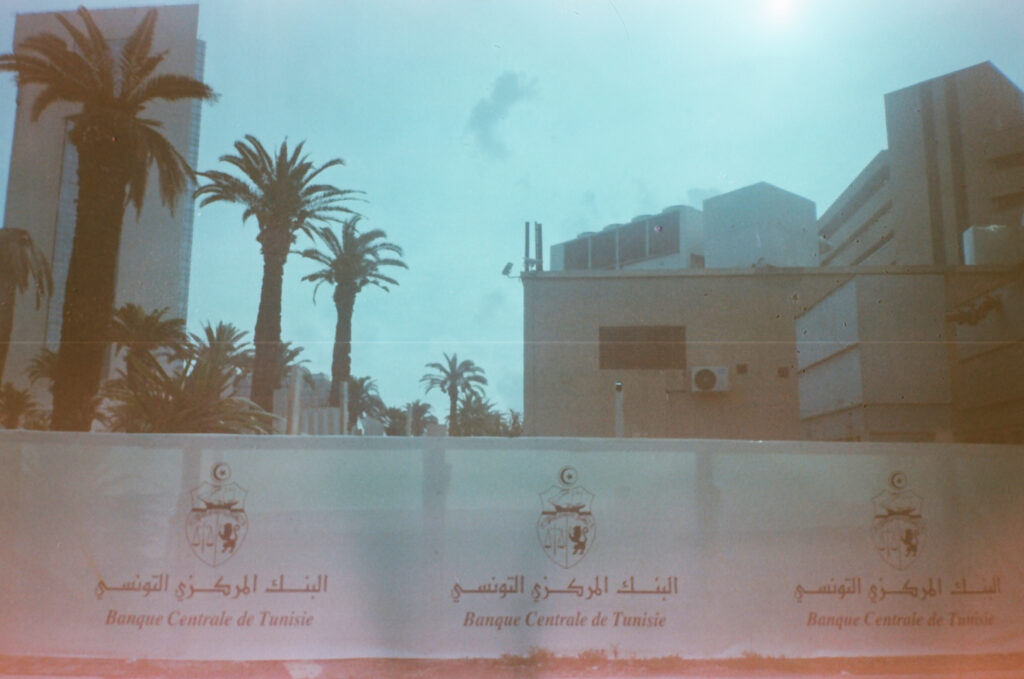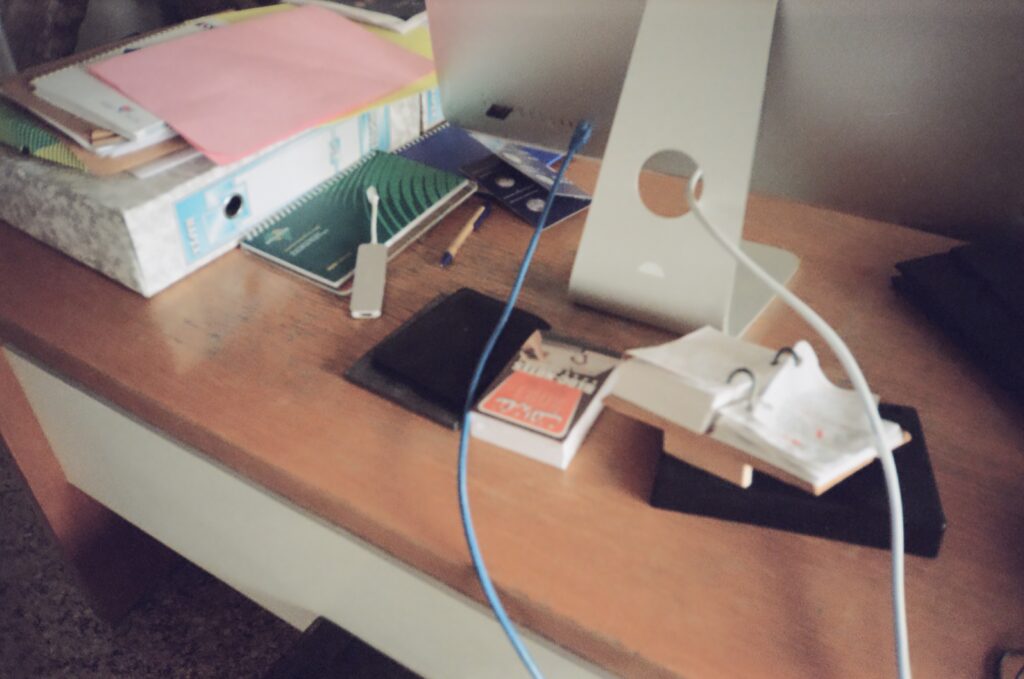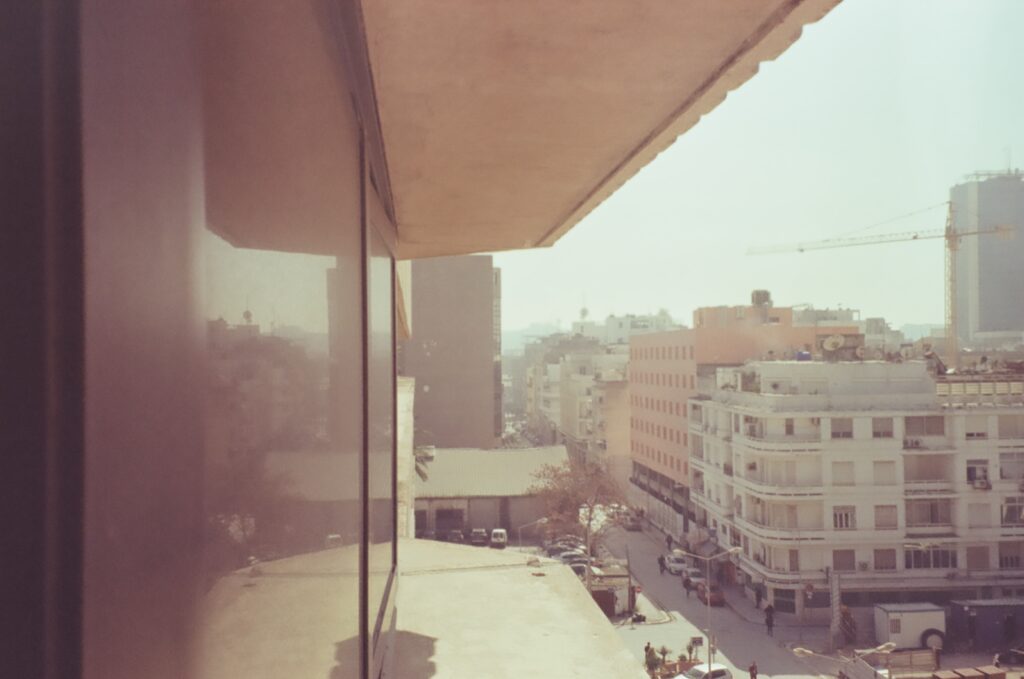Article begins
Saturday, January 25, 2021, marked the eleventh consecutive day of protests in Tunisia. The revolution, or thawra, happened 10 years ago, in a popular uprising from December 2010 until January 14, 2011, when the dictator in power, President Zine El Abidine Ben Ali, fled the country. The Tunisian revolution that sparked the Arab spring was a yearning for radical freedoms: economic justice in a system plagued by crony capitalism and debt, and dignity in a country where mundane police humiliation was an everyday experience for young people. Though the dictatorship fell, the institution that held it—the police—remained and expanded, carrying with it an entire system of control and repression. A decade later, on the night of January 14, 2021, during the commemoration of the revolution, riots erupted across the country, initiated by young men barely out of teenage years who began demonstrating against police brutality. As the protests moved from night to day, leftist organizations and queer associations joined, taking back downtown Tunis despite curfews and lockdown. The protests against police violence were also a response to entrenched health, economic, and political crises, and a pervasive sense of despair in the absence of real change for the past 10 years.

The stairs outside the bank
On January 25, police blockades stopped protestors from marching down the main avenue in downtown Tunis, home to the massive dark brown building that houses the Ministry of the Interior. As protestors attempted to bypass the security apparatus, they arrived in front of another state institution, the Central Bank of Tunisia. The bank was another brown building but shaped like a boat and with steps leading up to glass doors. The protestors mounted the stairs and started chanting, “Down with police,” “We want national sovereignty,” and “The revolution is not dead.” The scene was cinematic. The golden letters “Central Bank of Tunisia” behind the Antifa flags of the angry “wrong generation,” as protestors liked to call themselves in reference to a sign that circulated on social media a few months earlier, reading, “You’ve messed with the wrong generation.” In Tunisia, many of the protests took place on steps outside buildings, a popular scenery for speeches and sit-ins alike.
At the time of the January protests, I went onto the streets with my analog camera. I used analog, rather than digital photography, for a reason. When I first began to work with a camera in Tunis, I had a few run-ins with the police, who stopped me to ask what I was doing, where my press card was, what kind of authorization I had, where I lived, and where I went to school. The practice was very common—a legacy from the dictatorship. I began to use analog cameras, especially point-and-shoot ones, which were small, discrete, and cheap to replace if broken by an angry police officer. The film rolls also tended to confuse the police. Once, after taking a photograph of what I thought was an abandoned building that turned out to be a police station, an officer marched over and demanded that I delete my photographs and show him the SD card. I explained this was an analog camera and the photographs could not be deleted. The police officer then brought his chief along and the two argued about how to delete the photographs. They did not know how to remove the roll from the camera nor did they seem aware that light could destroy a film. They eventually gave up. The analog form with its images captured on film became a photographic practice against the police’s aspirations to mediate all that is recorded. I then began to use film photography intentionally against the police state.
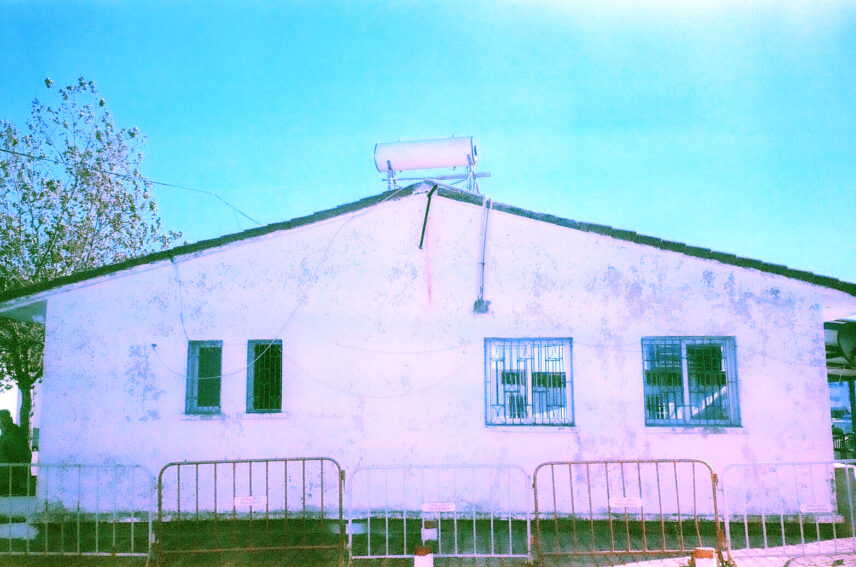
The camera was a quintessential object of the post-revolutionary era, recording the first sparks of the social movement and representing the media flood of the past decade. For me, the camera became a way to think about observation in a more intentional way, because the observations, being mediated through the frame and the lens, seemed more careful than so-called ethnographic observations, noted down with pen and ink. The presence of the camera meant that people in the sites I was researching easily understood that I was observing and the form those observations took. The observations, or photographs, were my own of course—still subjective and always fraught with power—but the act of photographing felt like a more explicit form of mediation. Photographing became an act of ethnographic recording; the camera, a tool of mediation, marking the presence (though always positional) of my participant observations.
During the January protests I had no real intention of taking photographs but had developed a habit of having a cheap point-and-shoot film camera with me at all times, just in case, and unconvincingly snapped a few photographs. The police forces were on edge, and using the camera in such a tense climate was difficult. More importantly, I felt I should be an enraged protestor rather than an ethnographer observing on the sidelines. My attempt to refuse to record the protests well, meant also asking (albeit after the event), What is the purpose of recording, documenting, and photographing? For whom are the images important? Are they only proof of my presence in the protests, as an ethnographer-at-home with an intimate and urgent political stake in their outcome?
The refusal to render certain events tidy and coherent, in a form commensurate with a particular body of knowledge, became part of my ethnographic praxis. It means insisting, following scholars like Sadiyya Hartman and Audra Simpson, that coherence and translatability can be acts of violence. The refusal to record with a camera or even just to position oneself as an ethnographer at a specific event constitutes a form of wandering into other modes of relationality, those of the inhabitant back home, the protestor, or the political subject.
The few photographs I did take were terrible: there was no light because I did not want to draw attention by using a flash, the rolls available in Tunisia were all past their expiration date and saturated everything in red. In some, you could even discern the shape of the negative or drops of photographic fixer superimposed onto the image. The images became records for myself, their scans buried deep within digital folders.
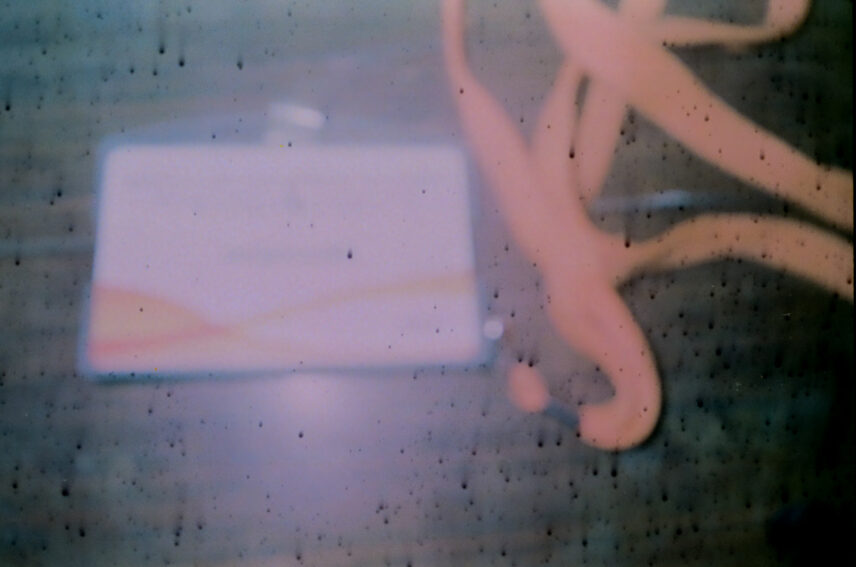
The stairs inside the bank
A few weeks after the protests on the stairs, I encounter a similar sight with a different camera. I pass below the golden letters and enter the brown building in a rush. In my hands, I hold a bright orange lanyard with a card displaying the word “intern” beneath the emblem of the Central Bank. I was at the bank to begin ethnographic research about national currency, yet another object of mediation.
A few days into my internship, the protests waning because of the police crackdown, I brought my camera to the Central Bank. Its presence did not go unnoticed. The next day, instead of being scolded, I was told to bring it back because the bank wanted it for “communication” purposes. From that point onward, I unwillingly became the bank’s photographer. The job included barging into staff meetings to take photographs of work-in-progress, filming communication trainings so employees could watch themselves to help improve their communication skills, and following foreign ambassadors around the bank’s museum to provide them with photo-souvenirs.
I used a digital camera with precise color renderings and memory cards that I always forgot to empty onto the bank’s MacBook. The digital camera had different sounds too, its shutter sound effects mere whispers. I carried a film camera to take photographs for myself. Its louder mechanical sounds—the long click of the shutter and the shrieks of the advance lever—elicited perplexed looks from bank employees. My research life as the bank photographer took on a life of its own, as bank employees welcomed me as “the camera intern.”
The contrast between the protests and bank photography crystallized one day when I found myself taking pictures outside the bank building. A communication department employee who was with me that day peeked at my camera screen and asked me to move closer to the building: “Don’t take the stairs, they don’t look that good.”
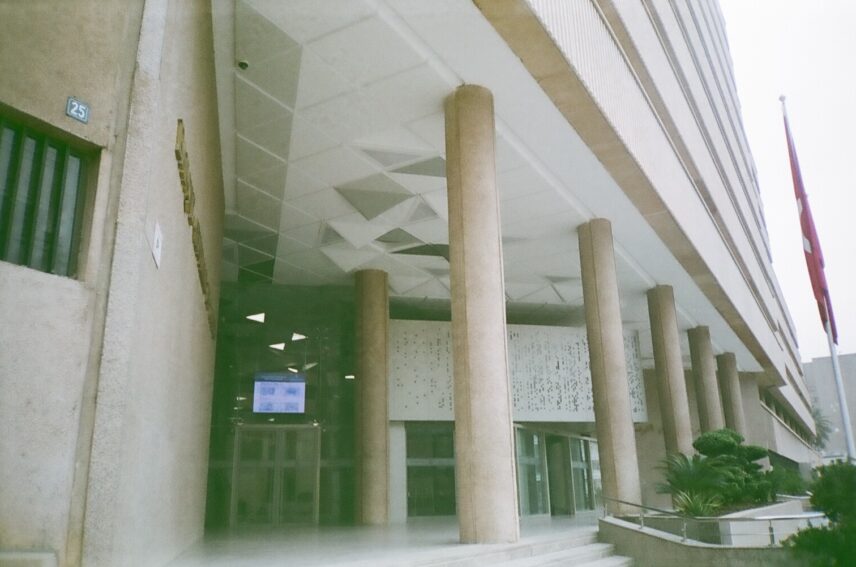
The revolution and the stairs
The stairs of the Central Bank are potential sites from which to contest power, precisely because they are a space representative of power in the first place. The revolution is a shared reference that organizes the condition of possibility for protest, for institutional power, and for research. The protests happened at the moment of commemoration of the revolution, sparked by criticisms of revolutionary promises unmet. For central bankers, the revolution marked a transition out of petty state politics and into a technocratic fantasy of independence, where the bank could focus on “the economy” only. The revolution is also the frame that organizes the condition of possibility for ethnographic research. To do research in Tunisia today is to be inextricably linked with the social movements of 2011 and their aftermath. The frame of the revolution—the thawra—dissolves the boundary between ethnography and ethnographer.
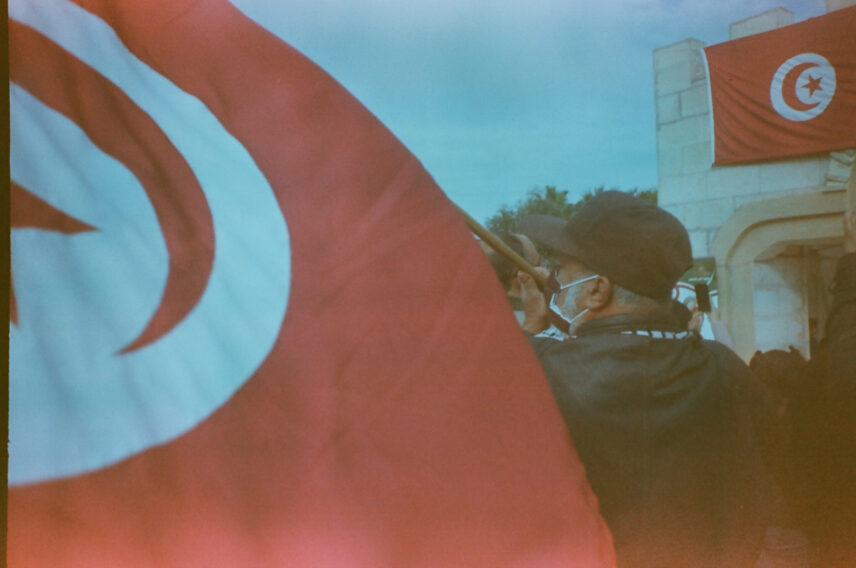
The ethnographer on the stairs
What constitutes anthropological research when the terms of research are blurred, impossible, or are terms to refuse altogether? How do we think about ethnographic praxis when the researched and the researcher are not two separate entities? How do we envision the movements of anthropological research, of going “into the field” and returning “home,” when the field is home? By interrogating the movement of my body in and out of sites, I attempt to question the position of the ethnographer-at-home. The ethnographer-at-home crosses events and experiences, from an angry protester against the state to a critical researcher investigating the state. Instead of the native anthropologist, a colonial category that holds on to nationalist aspirations, the ethnographer-at-home is a critical political subject. Here, home is a category of intimate belonging, to distance oneself from citizenship and foreground embodied experiences and political investments. Following the ethnographer-at-home as a body participating in protests, on the stairs or inside the building, foregrounds the situatedness of the ethnographer’s position—a trickster facing the police, a local protester. It means reckoning with the fact that my body, crossing spaces, is always both research instrument and research subject.

The camera at stair level
The camera, too, is an object that moves, sometimes seamlessly and sometimes with friction, from one site to another. A camera is a form of mediation that produces an act of translation. The camera conjures the thawra as the frame of possibility that allows filming, albeit in fraught ways that sometimes require the use of an old analog camera.
The camera recording the stairs at different moments is a way to think about the oscillations that constitute power. Rather than a camera at the protest and one at the bank, the ethnographer-at-home with a camera refuses to pretend there are two sides but instead locates how resistance (in the protest) and hegemony (inside a state institution) are knotted together (by the stairs) in unequal ways. A study that attempts to grasp the power that marks the post-revolutionary moment should occur at stair level to examine how struggles are crystallized and the boundaries of inside (the building or otherwise) and outside are constituted. The camera, which records, moves across, and translates is never devoid of power. It is not a marker of a new era, but instead a tool of what Patricia Alvarez Astacio, Ethiraj Gabriel Dattatreyan, and Shalini Shankar call an “ambivalent multimodality.” It recognizes that the camera is not a newer tool but one with a fraught history in the discipline. It also means reckoning with the dual possibilities of violence and subversion that the camera as meditating device can hold. Indeed, what should be asked first and foremost is, Who can move across stairs with or without a camera? Who gets to be the recorder and the recorded? What gets translated by the camera and what remains lost in mediation?


